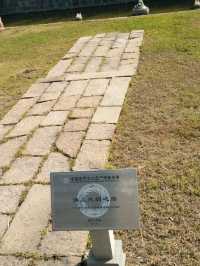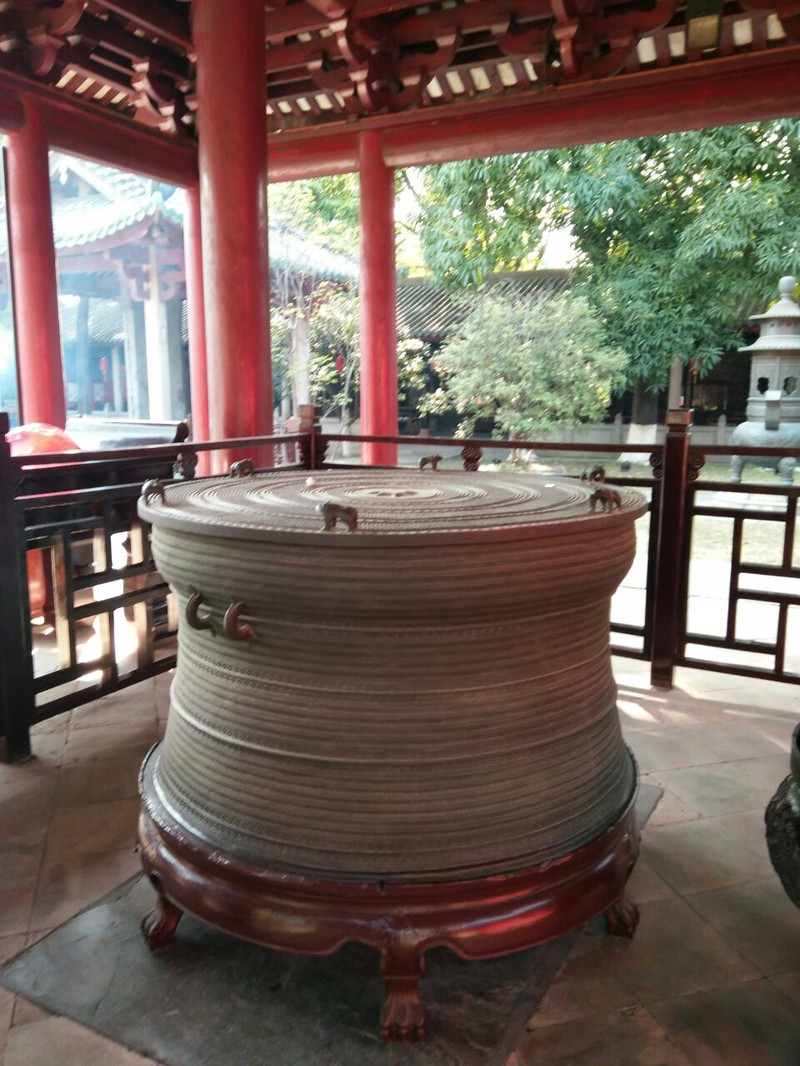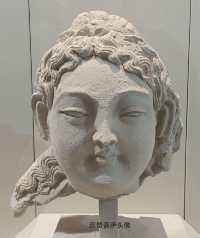2.5. Transportation is convenient. You can walk or take a 2 yuan sightseeing car when you get off the No. 13 Nanhai Temple Station. Nanhai Temple is a key cultural and conservation unit in China. Guangzhou Hess applied for a site. In ancient times, it was the only place where sacrifices were offered to all over the world. Hess Road is also an important point. It has a vestige wharf, which is of great historical significance. Han Yu and Su Shi are famous here and have a strong cultural flavor, but I feel that their fame is much smaller than that of another sea god Mazu, who is believed by people, and their incense is not so strong.
;
Nanhai God Temple Review
4.6 /5364 Reviews
Popular Destinations
Abu Dhabi Travel | Leeds Travel | Copenhagen Travel | New Delhi Travel | Osaka Travel | Seoul Travel | Hanoi Travel | Kota Kinabalu Travel | Portugal Travel | Venice Travel | Newcastle Travel | Sydney Travel | Faro Travel | Chongqing Travel | Langkawi Travel | Hua Hin Travel | Ahmedabad Travel | Salzburg Travel | Kuching Travel | Hamburg Travel | Yokohama Travel | Salerno Travel | Zigui Travel | Altay Prefecture Travel | Changyang Travel | Taiwan Travel | Zhengzhou Travel | Sutton Coldfield Travel | Fuzhou Travel | Gothenburg Travel
Recommended Attractions at Popular Destinations
Bangkok attraction near me | Tokyo attraction near me | Manila attraction near me | Hong Kong attraction near me | Seoul attraction near me | Taipei attraction near me | Los Angeles attraction near me | New York attraction near me | Shanghai attraction near me | Shenzhen attraction near me | Kuala Lumpur attraction near me | Guangzhou attraction near me | Osaka attraction near me | Singapore attraction near me | London attraction near me | San Francisco attraction near me | Beijing attraction near me | Macau attraction near me | Bali attraction near me | Paris attraction near me | Orlando attraction near me | Jakarta attraction near me | Ho Chi Minh City attraction near me | Phuket attraction near me | Chicago attraction near me | Toronto attraction near me | Cebu attraction near me | Dallas attraction near me | Istanbul attraction near me | Rome attraction near me
Popular Attractions
Shanghai Disney Resort | Tower Bridge | London Eye | Disneyland Paris | Universal Studios Japan | The Palace Museum | Hong Kong Disneyland | Keukenhof | Sagrada Familia | Sunway Lagoon Theme Park | Palm Jumeirah | Chao Phraya River | Huguang Guild Hall | Manneken Pis | Stone Forest | Sheet Harbour Rear Range Lighthouse | Sydney Range Rear Lighthouse | Ludina Waterpark | Museo de Bacolor | Theodosius Archbishop of Chernihiv Church | Eglise Abbatiale d'Hastiere | Four Leaves Winery | Tomahawk Island Lighthouse | Royal Botanic Gardens, Kew | Shark Reef Aquarium at Mandalay Bay | Withy Grove Park | King Power Mahanakhon Sky Walk | Nui Beach | TeamLab Planets TOKYO | Edge
Popular Travelogues
Bangkok Travelogue | Tokyo Travelogue | Hong Kong Travelogue | Seoul Travelogue | Los Angeles Travelogue | New York Travelogue | Shanghai Travelogue | Shenzhen Travelogue | Kuala Lumpur Travelogue | Guangzhou Travelogue | Osaka Travelogue | Singapore Travelogue | London Travelogue | San Francisco Travelogue | Beijing Travelogue | Macau Travelogue | Bali Travelogue | Paris Travelogue | Ho Chi Minh City Travelogue | Phuket Travelogue | Chicago Travelogue | Toronto Travelogue | Chiang Mai Travelogue
Payment Methods
Our Partners
Copyright © 2024 Trip.com Travel Singapore Pte. Ltd. All rights reserved
Site Operator: Trip.com Travel Singapore Pte. Ltd.
Site Operator: Trip.com Travel Singapore Pte. Ltd.




















